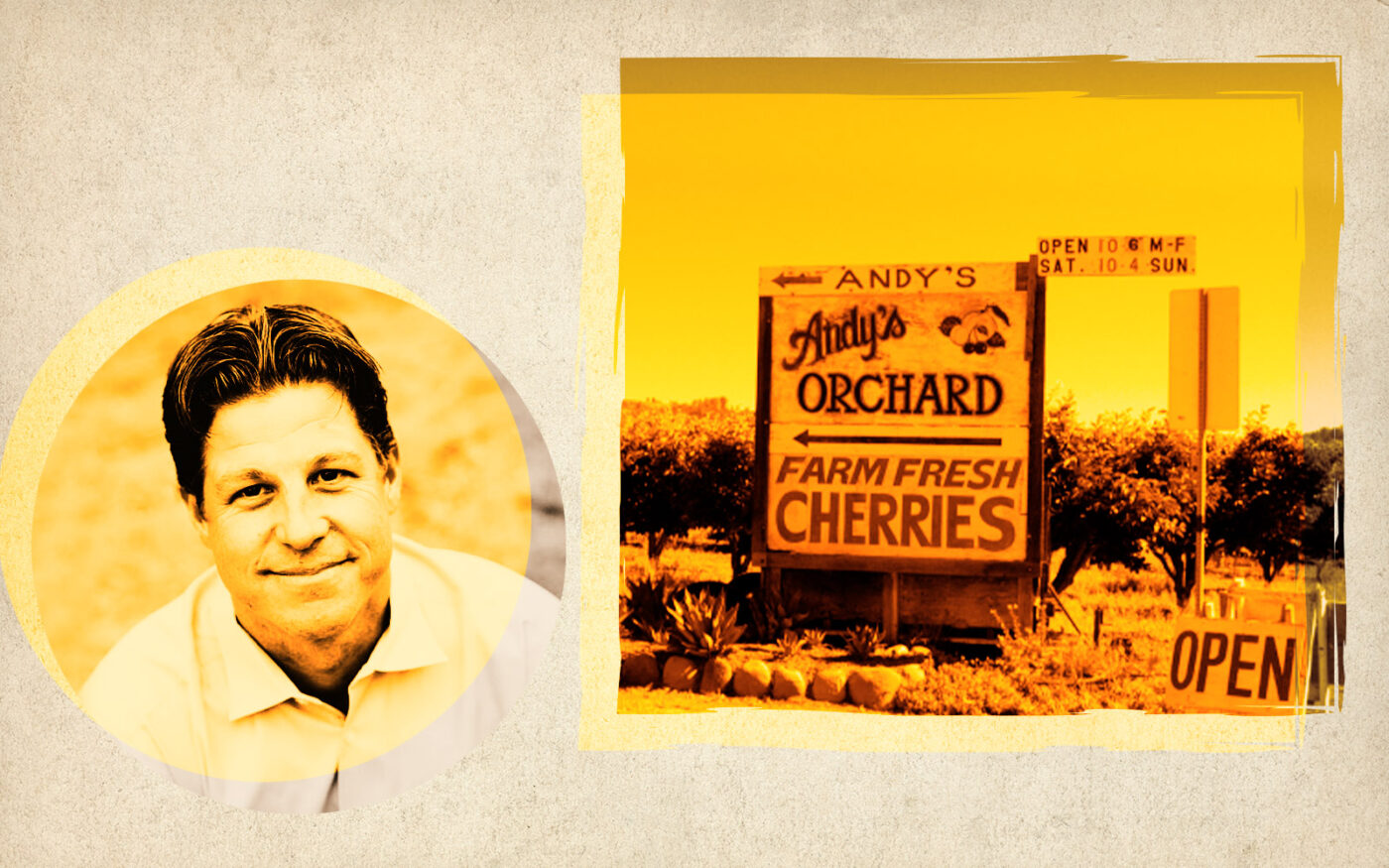The state builder’s remedy loophole has added one notch allowing developers to bypass local zoning rules: urban sprawl across orchards, pastures and vineyards.
From Morgan Hill in southern Santa Clara County to the northern edge of Benicia and into Sonoma County wine country, developers are employing the provision of state housing law to plan acres of new homes on agricultural land, the San Jose Mercury News reported.
In Morgan Hill, Carlsbad-based Mana Investments has filed a builder’s remedy application to cut down a 67-year-old cherry and peach orchard to build up to 374 single-family homes.
In Benicia, an undisclosed builder wants to employ the controversial remedy to replace a cow pasture with 1,080 houses. On a quiet, tree-lined, two-lane road cutting through Sonoma County wine country, there could soon be traffic from 514 homes, according to the newspaper.
“The default scenario in California for decades has been to build housing on agricultural land or out in the periphery, because cities won’t allow you to build it within their boundaries,” Matthew Lewis, spokesman for California YIMBY, a pro-housing group, told the Mercury News.
Now, rather than being able to plan for where new houses go, the builder’s remedy is forcing new haphazard development, he said.
“It delivers the housing that the area needs, but it doesn’t give cities the ability to do the kind of planning that they should be doing,” Lewis said. That could involve rezoning areas near transit to accommodate more housing — not stretching out city boundaries farther.
Developers have employed the housing law to propose building on farmland and grassy hills — reminiscent of the sprawling subdivisions of a half century ago — on the edge of the Bay Area, with local governments and environmental groups unable to stop them.
The builder’s remedy allows developers with projects of at least 20 percent affordable housing to skirt zoning in cities and counties that have failed to meet a deadline to certify their state-mandated plans, or blueprints for future growth, with state housing regulators.
In Northern California, that deadline was January 2023 for housing element plans through 2031.
Since then, numerous governments across the state have blown the deadline, leaving them open to builder’s remedy applications.
By 2031, Bay Area jurisdictions must plan for 440,000 homes to make up for a years-long shortage, which has led to some of the highest rents and home prices in the U.S.
Now, delinquent cities and counties must face the consequence: developers can pitch almost any project they want, including major subdivisions on unincorporated county land that doesn’t always have the infrastructure to support new growth, according to the Mercury News.
“This is not the type of housing the builder’s remedy was meant for, nor that we should be encouraging,” Jordan Grimes, a sustainable housing policy expert at the Greenbelt Alliance, a climate-focused nonprofit, told the newspaper. “Had counties and cities submitted compliant plans, we would not be in this boat that we’re in now.”
Despite pushback from environmentalists and some housing advocates, the developers behind such subdivisions reject the “sprawl” label.
Robin Baral, a land use lawyer with Hanson Bridgett, is working on several projects in Santa Clara County.
“These are places adjacent to city limits, where cities have proposed annexation for decades — but for political or other reasons those annexations never happened,” Baral told the Mercury News. “They are responsibly planned.”
Mana Investments is behind the proposed subdivision at Andy’s Orchard at 1615 Half Road, near Morgan Hill, near where the county has approved hundreds of homes.
“We could have put in 1,500 homes, but we’re only doing 374 because we’re trying to blend it with the fabric of the neighborhood,” Mana Managing Partner Orville Power said. “If we lived there, that’s what we would want to see.”
“It’s not that there is never going to be housing here,” Power added. “It’s just a matter of time.”
— Dana Bartholomew
Read more


